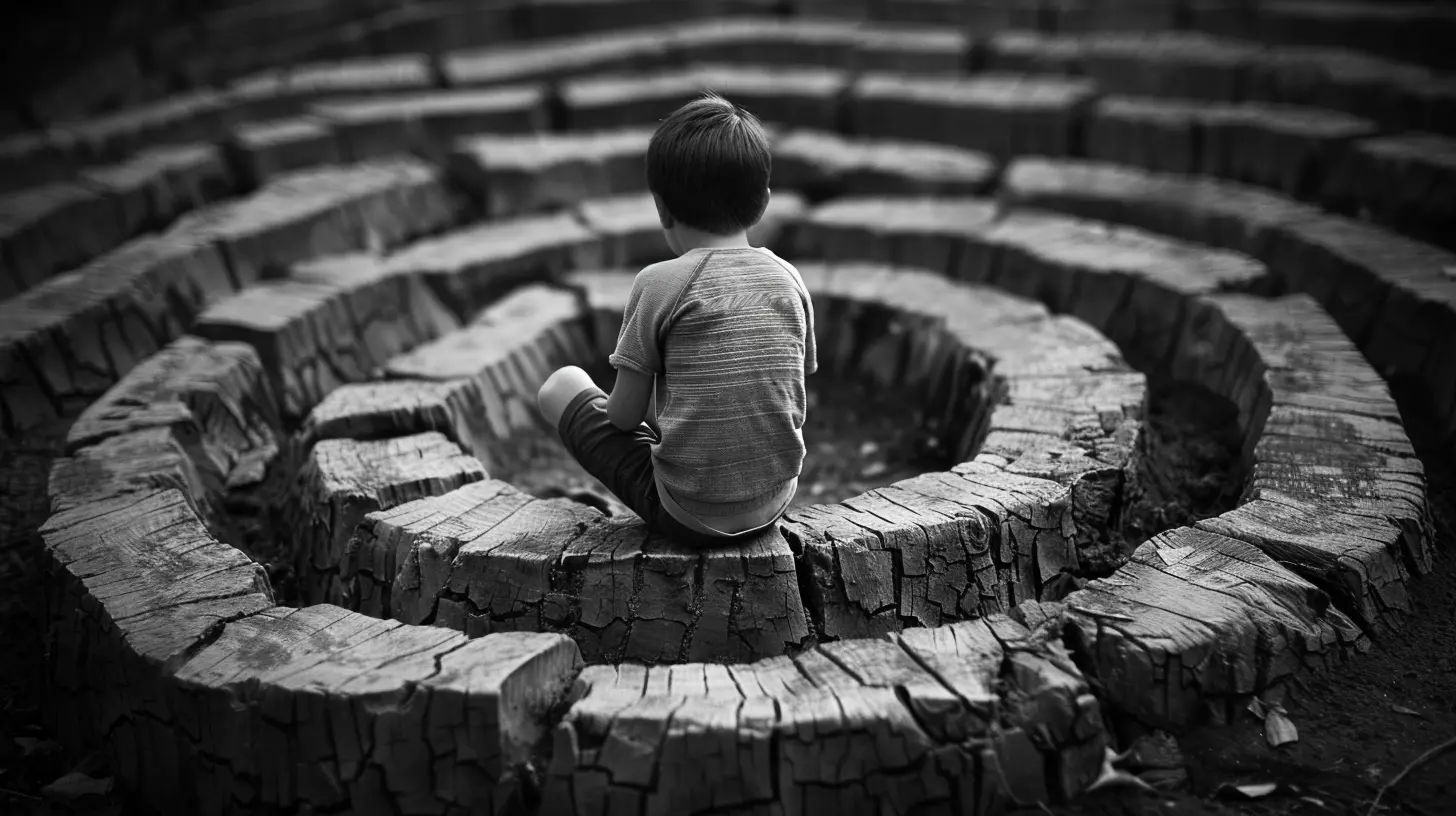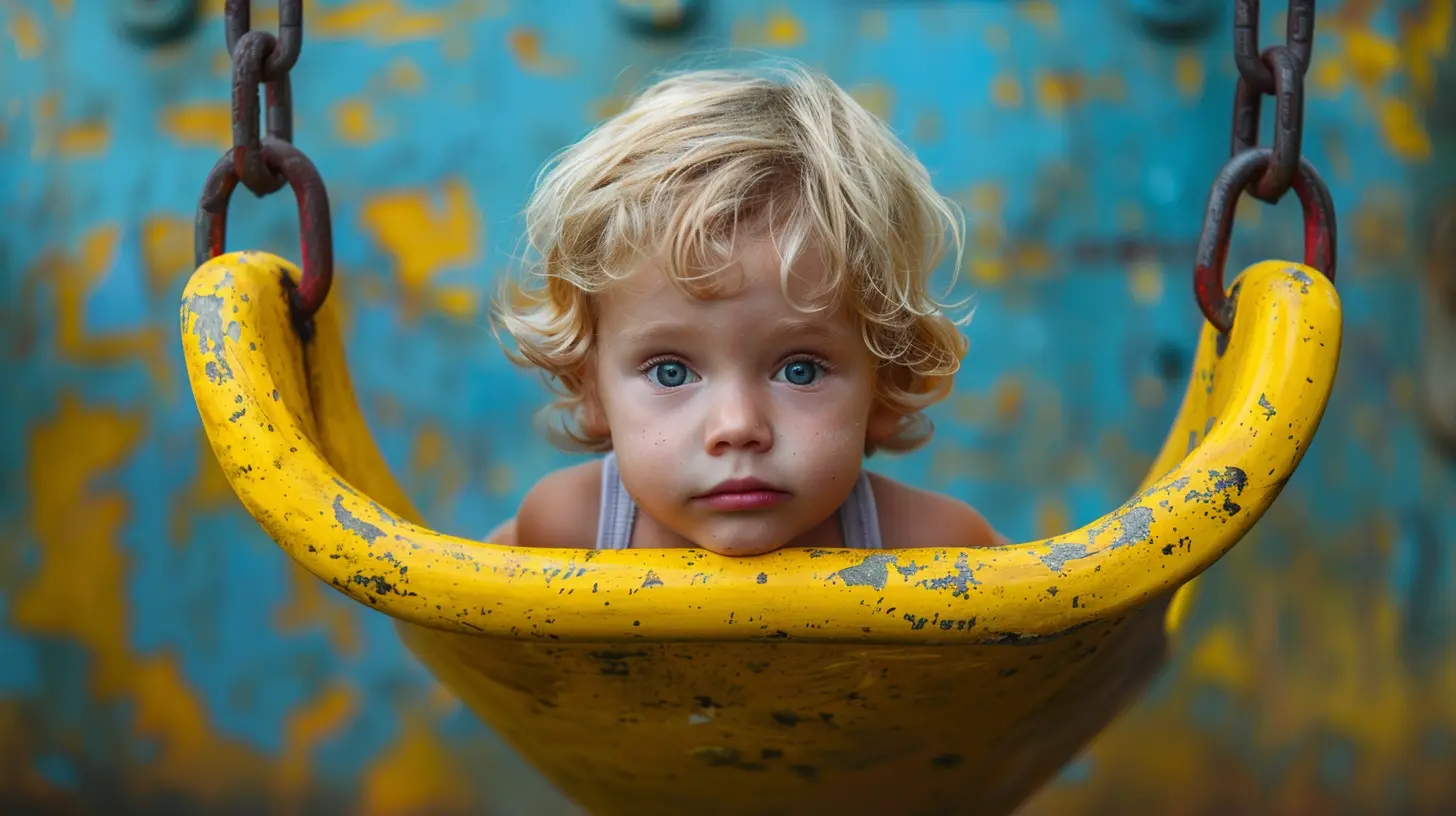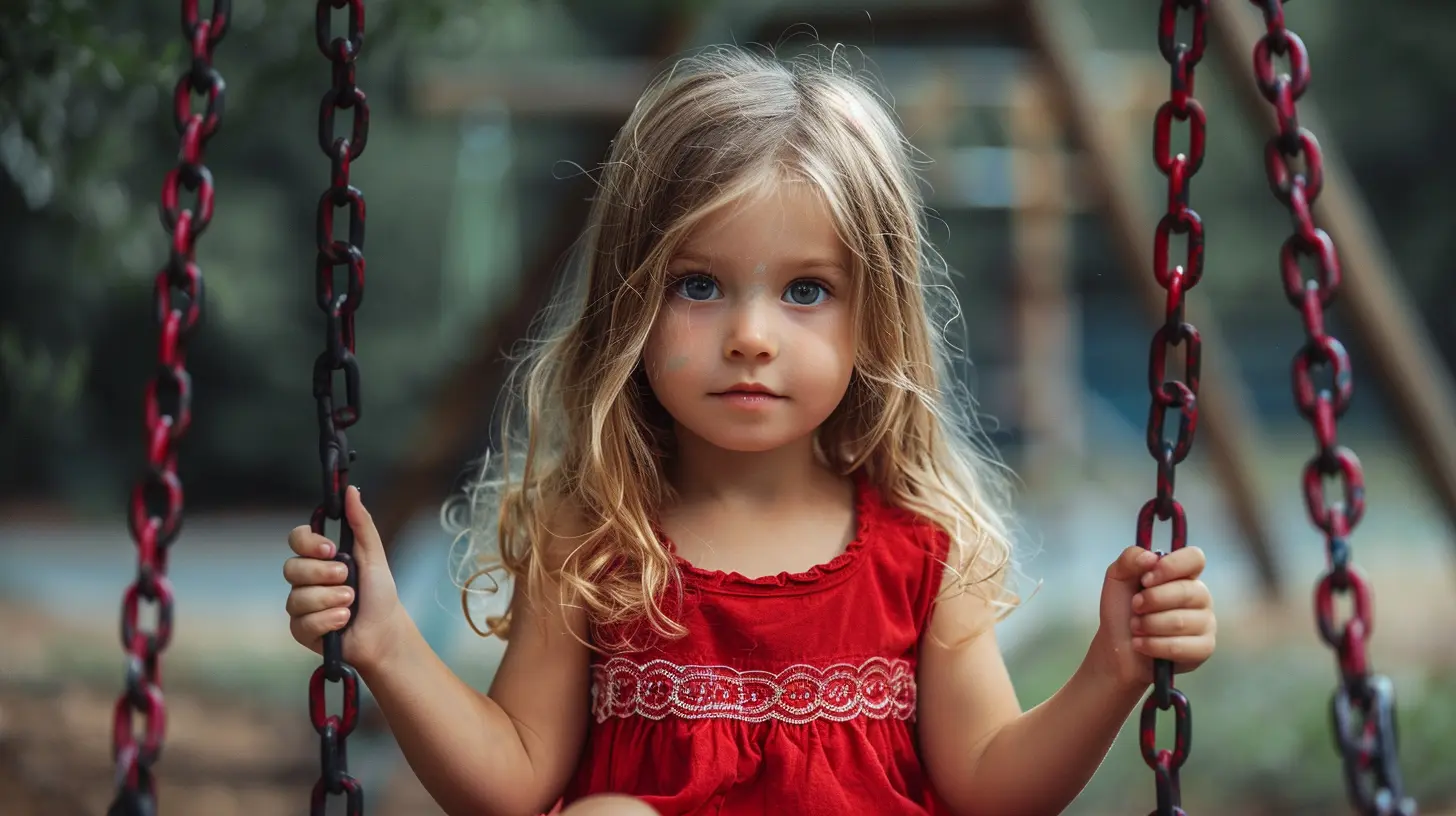The Risks of Downplaying Your Child’s Struggles
15 August 2025
We’ve all said it — maybe in a rush, or maybe trying to be hopeful:
“Don’t worry, you’ll be fine.”
“It’s not that big of a deal.”
“When I was your age, we just dealt with it.”
While those words might roll off the tongue with loving intention, they can land like a thud in a child’s heart. Especially when they’re hurting.
Parenting is a wild ride — messy, magical, and filled with moments where we just do what we can and hope it's enough. But one thing that can quietly unravel the fabric of connection between a parent and child is brushing off those struggles. Big or small, emotional or academic, physical or social — they matter. And ignoring them? Yeah, that carries weight.
Let’s unpack why downplaying your child’s pain might be doing more damage than good, and how tuning in—really listening—can change everything.
Why We Downplay Their Struggles (And Don’t Even Realize It)
Let’s be real for a second: parenting is overwhelming. Sometimes their tears feel too big for us to handle. Or their problems look tiny in the grand scheme of “real life.” Maybe we compare their pain to what we went through and think, “This isn’t that bad.”It’s a defense mechanism — not to hurt them, but to protect them. And frankly, to protect ourselves from the weight of it all. I mean, if we admit they’re struggling, then that means something’s wrong, right?
But here’s the thing: downplaying isn’t just failing to validate — it's unintentionally silencing.
Imagine being in the middle of a thunderstorm and someone says, “It’s just a little rain.” You’d still be soaking wet, cold, and scared — and now no one believes you're shivering.
That’s how a child feels when their struggles are dismissed.
The Emotional Toll: When Feelings Are Shut Down
Kids don’t just "get over it." They don’t “bounce back” on command.When we dismiss their feelings, they start to wonder:
“Is something wrong with me for feeling this way?”
“Maybe I just need to hide it better.”
“I guess no one really gets me.”
And let me tell you — that self-doubt? It sticks like gum to a shoe.
Children are sponges, absorbing the obvious and the subtle. If we repeatedly tell them their struggles aren’t that serious, they’ll begin to believe their feelings don’t matter. And once they believe that, they stop expressing them.
That internalized silence becomes anxiety’s playground.
Depression’s welcome mat.
And loneliness’s best friend.
The Hidden Consequence: Eroding Trust
Think about your best friend. The one you call when everything hits the fan. You trust them because they listen. They get it. They hold your truth, even when it’s messy and hard.Now imagine calling them in crisis, and they say, “You’re overreacting.” Ouch, right?
When we downplay our kids’ struggles, we chip away at trust.
And trust? That’s the glue of the parent-child bond.
It’s what makes your child feel safe coming to you when the stakes get higher — when the heartbreaks are deeper, when the mistakes are bigger, when the consequences are scarier.
If they can’t count on you to care about the little things, why would they bring the big ones?
Struggles Aren’t Always Obvious (Spoiler: They’re Masters at Hiding)
Here’s where things get tricky — kids don’t always say, “Hey Mom, I’m seriously stressed about my social anxiety.” Or, “Dad, I think I might be dealing with a learning difference and it’s making me feel dumb.”Nah, they show it through meltdowns. Or zoning out in class. Or acting out at home. Or withdrawing into screens.
That’s why a kid “acting difficult” is often a kid “feeling overwhelmed.”
We have to tune in to the behavior beneath the behavior. Like decoding a mystery novel where the plot is written in sighs, slamming doors, and overused headphones.
The Academic Pressure Cooker
“Just study harder.”“You’re smart; this should be easy.”
Sound familiar?
Academic struggles are often dismissed because we equate intelligence with performance. But what about dyslexia? ADHD? Executive function issues? Test anxiety?
When we wave away their pain with a casual “you’ll figure it out,” we tell them that struggling is a flaw, not a signal.
And that’s dangerous — because the fear of failing turns into a fear of trying.
Downplaying Can Create Shame
Here’s the silent killer no one talks about much: shame.Not guilt. Guilt says, “I did something bad.”
Shame says, “I am something bad.”
When a child struggles, and their struggle is minimized or ignored, they don’t stop feeling — they internalize it.
Every time we say, “It’s not that serious,” they hear, “Something must be wrong with me for feeling like it is.”
And shame doesn’t just affect emotional health — it impacts identity, confidence, resilience... everything.
So... What Should We Say Instead?
Okay, we’ve talked a lot about what not to say. But what do we say?How do we hold space for our child’s struggle without falling into a pit of panic or overreaction?
Here’s the good news: You don’t need to have all the answers. You just need to show up — fully present, emotionally available, judgment-free.
Try this:
- “That sounds really hard. Do you want to talk about it?”
- “I’m here for you, no matter what.”
- “You’re not alone. We’re in this together.”
Simple. Grounded. Healing.
Validation Doesn’t Mean Indulgence
Some parents worry that validating a struggle means encouraging it. Like, “If I acknowledge they're sad, they'll just stay sad.”That’s not how emotions work.
Validation is like turning on the light in a dark room. You don’t remove the darkness — you guide them through it.
It’s not about indulging every whim or coddling them into fragility. It’s about recognizing that their emotions are real, important, and worthy of space.
And once they feel heard? That’s when they start to heal.
The Long-Term Effects of Being Dismissed
If a child grows up regularly having their feelings brushed aside, the effects show up in adulthood.They may struggle with:
- Self-expression
- Setting boundaries
- Trusting others
- Emotional regulation
- Seeking help when needed
They become adults who minimize their own pain, who say “I’m fine” when they’re anything but, and who silently carry burdens they never learned to share.
And isn’t our ultimate goal as parents to raise emotionally healthy, connected, and resilient humans?
That starts with listening. Not just with ears — with hearts.
Building Emotional Resilience Starts With Us
Let’s be honest — a lot of us weren’t raised in homes where feelings were welcomed guests. For some of us, emotions were stuff to “get over,” “suck up,” or “deal with later.”So if validating your child’s emotions feels foreign or awkward, it’s okay. You’re not doing it wrong. You’re just breaking cycles — and that takes guts.
The truth is, building emotional resilience isn’t about shielding our children from pain — it’s teaching them how to move through it.
And healing doesn’t look like pretending the wound isn’t there. It looks like sitting with them while they cry, showing them how to breathe through big feelings, and reminding them — over and over — that they're never alone.
Final Thoughts: Turn Down the Volume on Dismissal, Turn Up the Connection
In a world that constantly asks our kids to be more — more successful, more popular, more perfect — we need to be the place where they can be enough.Exactly as they are. Messy, struggling, growing, figuring-it-out.
So next time you’re tempted to say, “It’s not that big of a deal,” take a breath.
Look them in the eyes.
Hear the story behind their tears.
Then say:
“I believe you.”
Because the risks of downplaying your child’s struggles?
They’re real. But so is the power of being present.
And that’s something they’ll carry with them forever.
all images in this post were generated using AI tools
Category:
Parenting MistakesAuthor:

Austin Wilcox
Discussion
rate this article
1 comments
Selkie McCloud
Downplaying a child's struggles is like ignoring a storm cloud; it doesn’t make it disappear. Acknowledging their challenges lays the groundwork for resilience and growth—better to weather the storm together.
September 13, 2025 at 4:40 AM

Austin Wilcox
Thank you for your insightful comment! Acknowledging our children's struggles is crucial for fostering resilience and growth, and it's important we face those challenges together.


